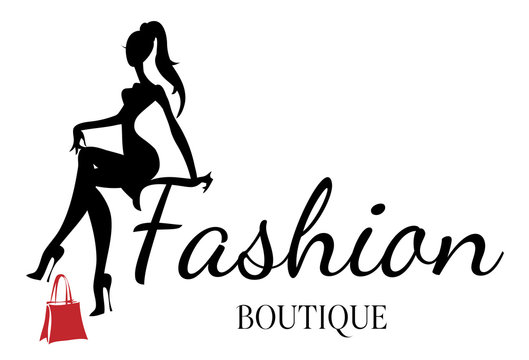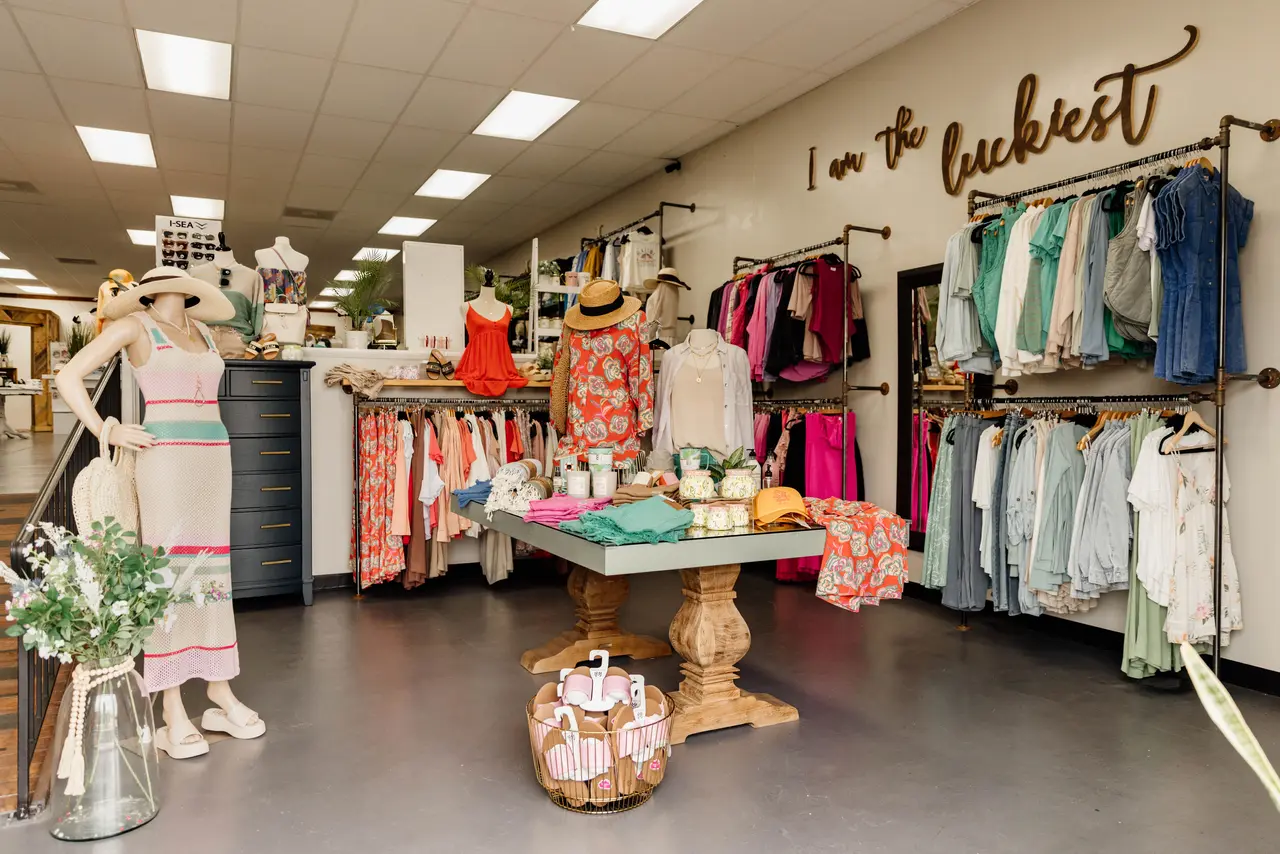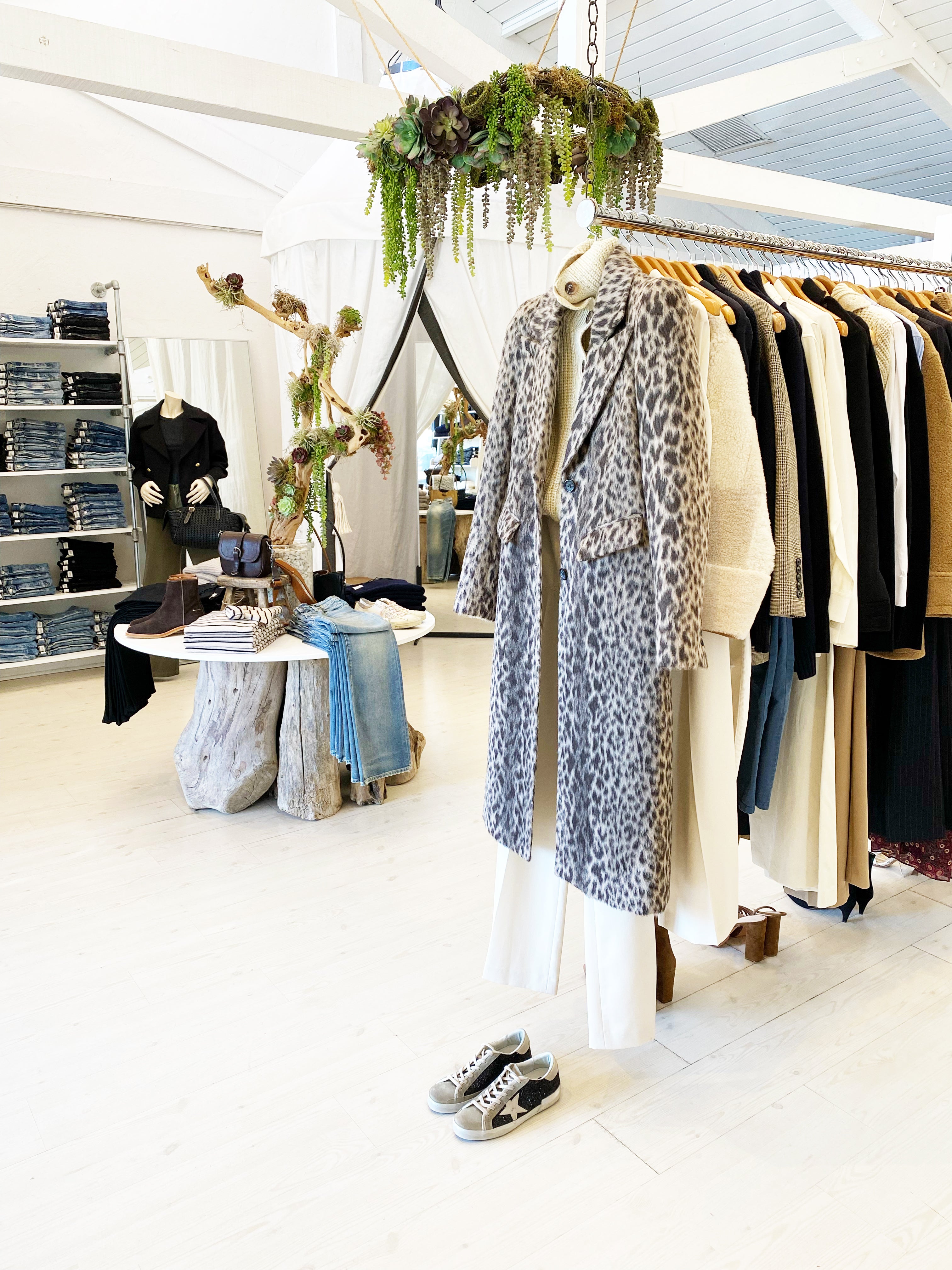The Effect of Social Media on Today's Boutique Fashion Trends
The Effect of Social Media on Today's Boutique Fashion Trends
Blog Article
A Deep Study the World of High-Fashion Runways: Recognizing Clothes as Art
High-fashion paths have emerged as sectors where apparel transcends its utilitarian beginnings, advancing into an innovative kind of creative expression. Designers, just like masterful artists, weave elaborate narratives via fabric, shade, and type, redefining and challenging conventional standards beauty standards. These programs are much more than plain display screens; they are immersive experiences, where every stitch and joint tells a story rich with social value and avant-garde advancement. As we check out these sartorial spectacles, we must contemplate: what duty does fashion play fit societal values, and just how does it mirror the ever-changing tapestry of human feeling and identification?
The Advancement of Runway Reveals
The trajectory of path programs has actually transformed considerably over the years, developing from unique market occasions to fascinating spectacles that blend fashion with art. Commonly, path shows were intimate events, kept in ateliers or tiny venues, primarily gone to by buyers and sector experts. These very early discussions focused on the garments' craftsmanship and commercial stability, supplying a useful and straight display of seasonal collections.
As the style industry expanded, the nature of runway programs began to alter. The 1970s and 1980s noted a transforming factor, with designers seeking to differentiate themselves with even more theatrical presentations.
In the last few years, innovation and social networks have actually further reinvented path programs, making them accessible to a worldwide audience. Livestreaming and electronic systems have democratized fashion, permitting fanatics worldwide to witness these occasions in real-time (boutique fashion). This advancement reflects a wider cultural change, where high-fashion paths act as a vibrant crossway of advancement, performance, and style
Designers as Visionary Artists
Developers in the high-fashion sector have obscured the lines in between practical garment production and the conceptual realm of art. By welcoming imaginative self-controls such as sculpture, paint, and progressive installations, designers craft garments that test traditional style standards and boost them to art types.
Visionary developers attract inspiration from a myriad of sources, consisting of abstract art, historic recommendations, and individual stories. They have a special capacity to imagine and materialize ideas that press the boundaries of conventional style, commonly redefining visual paradigms while doing so. This innovative ingenuity is showcased through significant shapes, ingenious products, and detailed workmanship, which welcome customers to experience fashion as even more than simply wearable products.
Furthermore, the runway offers as a canvas for these musicians, where lighting, songs, and set layout coalesce to produce immersive experiences. These presentations are not simply screens of clothes yet are managed efficiencies that evoke emotion and prompt idea, attesting the designer's function as a real artist in the contemporary social landscape.
Cultural Impacts in Fashion
Cultural tapestry weaves its elaborate patterns right into the textile of fashion, affecting designers internationally. The vibrant interchange of cultural tales, practices, and symbols notifies and motivates collections that poise high-fashion paths. Designers meticulously attract from their heritage or engage with cultures distinctive from their very own, crafting garments that serve as visual narratives. This cultural dialogue not only enhances the visual variety yet additionally fosters a deeper understanding and gratitude of global identities.
The impact of culture on fashion is frequently click for more seen in the reinterpretation of traditional garments and patterns. The use of Japanese bathrobes, Indian saris, or African prints in contemporary fashion mirrors a mix of cultural authenticity and modern-day looks. Designers such as Valentino's Pierpaolo Piccioli and Alexander McQueen's Sarah Burton have been known to incorporate rich cultural concepts right into their couture collections, equating history right into wearable art.

Technology in Fabric and Design
Development in material and design consistently improves the landscape of high-fashion, pressing borders and redefining opportunities. Developers are progressively discovering the assimilation of modern technology, such as 3D printing, which enables for the creation of complex frameworks that were previously unimaginable.
The style market is experiencing a rise in the usage of environment-friendly materials, obtained from recycled plastics, organic fibers, and even naturally degradable elements. Designers are embracing these products to craft garments that are both aesthetically striking and mindful of their ecological footprint.
In terms of design, progressive shapes and experimental types are continually changing the path. By including non-traditional products and advanced techniques, developers cultivate garments that obscure the line between style and art, establishing brand-new criteria for creativity and expression in the high-fashion sphere.
Influence of Fashion on Culture
Style wields an extensive influence on culture, serving as both a reflection of social identification and a stimulant for social change (boutique fashion). Via its evolution, style has mirrored societal shifts, encapsulating the zeitgeist of various eras.
Furthermore, style has the power to bridge cultural spaces, cultivating understanding and gratitude among diverse groups. As globalisation speeds up, the cross-cultural exchange of fashion concepts comes to be progressively considerable, advertising inclusivity and variety. The increase of streetwear, originating from city subcultures, shows how fashion can transcend socio-economic borders, giving people a method of self-expression and empowerment.
Essentially, fashion is not just concerning looks; it is a dynamic force that affects values, attitudes, and social view progression (boutique fashion). By continuously communicating with social and cultural currents, style remains an essential component of the collective human experience

Final Thought
Designers, akin to visionary artists, orchestrate collections that mirror identification, emotion, and cultural he has a good point narratives, challenging standard visual appeals. This crossway of style and artistry not only astounds target markets globally yet likewise influences social assumptions and advertises a much deeper appreciation for social diversity.

Social tapestry weaves its elaborate patterns into the fabric of style, affecting designers worldwide.Style wields an extensive impact on culture, offering as both a representation of social identification and a stimulant for social adjustment.
Report this page